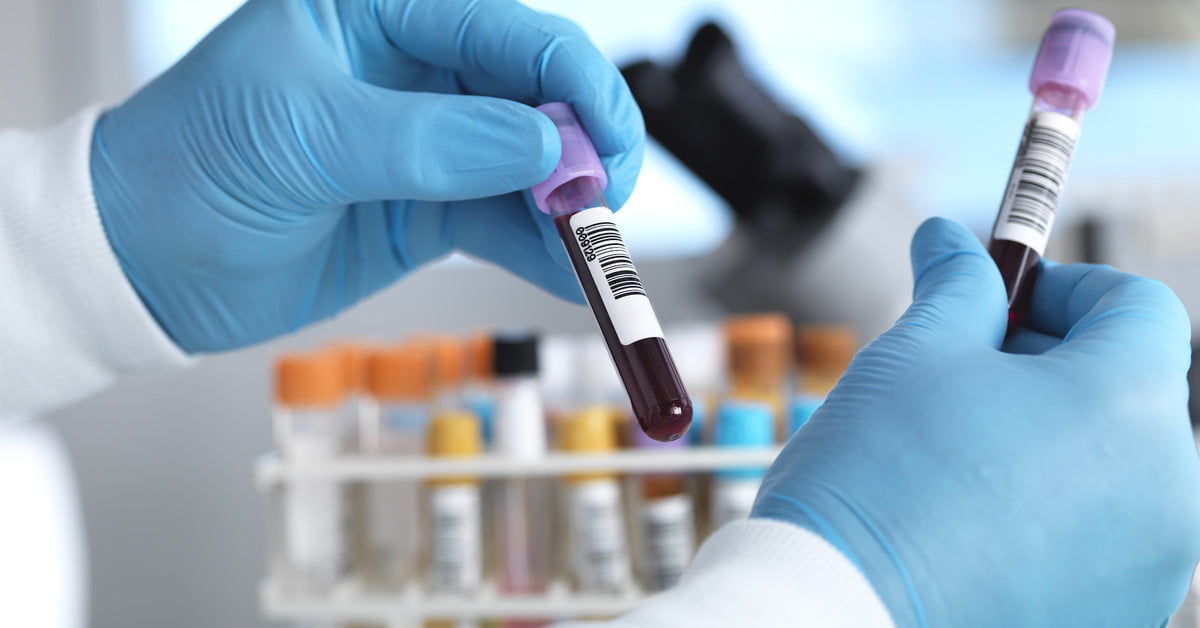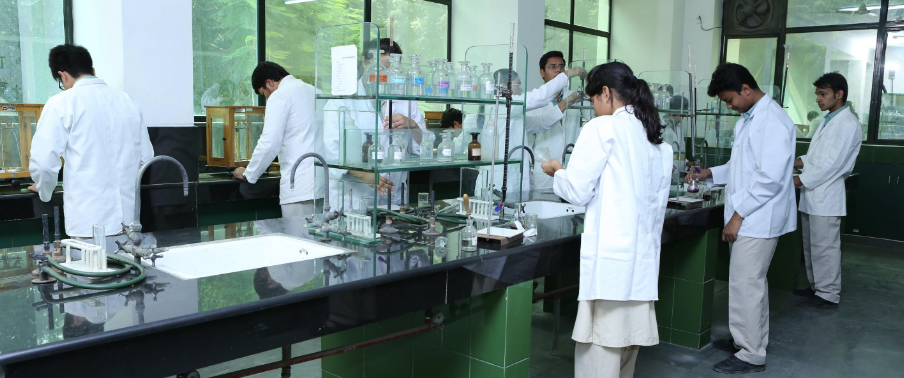
Almost every aspect of our personal and professional lives has been retooled. When it comes to the economy, a slowdown of epic proportions has already begun. How will the days, weeks, and months ahead affect the life sciences industry? Analyzing how life sciences companies have fared though the past three recessions reveals some encouraging news.
It’s important to realize that, unlike the vast majority of businesses, the core business of life science companies is more in-demand than ever before. This is good news for the individuals who work for life sciences companies, as well as the vast network of businesses—like BaneBio and many others—that support them.
The savings and loan crisis of the early 1990s, the post-9/11 dot.com bust, or the Great Recession of 2008 and beyond give us a context for how life sciences companies perform in the face of economic crisis. If the steadiness performance of the industry during the severe economic downturns precipitated by these events are any indication, life sciences businesses are in a good position to continue to serve the marketplace well in the foreseeable future.
Some Good News
History would appear to indicate that the life sciences industry is less affected by market fluctuations than other types of businesses during periods of recession and/or economic slowdown.
• Following the savings and loan crisis in 1991, transactions negotiated within the life sciences environment grew 54%; that volume decline by an average of 2.4% for all other sectors.
• In 2001 after the attack on America, transactions within the life sciences arena grew by 18%, while our colleagues in all other businesses suffered a decline in deal volume at the rate of 32%.
• During the Great Recession of 2008, the life sciences industry’s deal volume declined by 25%, still an improvement over the 30% decline in deal activity for all other sectors.
As we stare down the barrel of the current pandemic, history would indicate that several factors are likely to at least partially insulate the life sciences industry from disastrous losses.
First, biopharmaceutical companies will continue to produce medications at a similar or better rate as in the pre-COVID world. Chronic disease and acute illness will proceed unchecked by the presence of coronavirus, necessitating steady if not accelerated production of drugs used in their prevention and treatment.
Secondly, and perhaps more importantly, while most in the business world are impaled on the horns of the coronavirus dilemma, those of us in the life sciences cohort are firmly engaged in finding some of the most important solutions of our time. Our collective focus is on supporting rapid diagnostic testing, better treatment, and eventually the development of a safe and effective vaccine.
Three Areas of Concentration
There is no instruction manual for handling the current and long-term effects of the pandemic on global trade and commerce. However, early indications are that life sciences companies should mitigate the impact of the COVID-19 pandemic in three ways:
Manage the Change
Despite the continued demand for the service of the life sciences cohort, the way services are delivered will continue to be very different. As many have already experienced, the impact on your workforce as employees try to set priorities, stay focused, and manage their production schedules and deliverables while working remotely is significant.
Whenever possible, the challenge for leadership will be to get out in front of issues, creating policies and procedures that work well for your shop rather than reacting to news as it happens. How will you configure your workspace if physical distancing requirements are relaxed to allow partial or limited reopening? Will you test your employees daily? How will you ensure that communication among team members sharing responsibilities and goals is seamless and effective?
Meanwhile, pharma companies are feverishly checking their medicinal archives for anti-viral activity related to COVID-19 using innovative combinations. In parallel, diagnostic companies are racing to get rapid tests approved and scaled up, working through private-public partnerships. Medical supply manufacturers and distributors are scrambling to avoid backlogs and get personal protective equipment and medical supplies to healthcare professionals who are in dire need.
Look Ahead
Several months into the pandemic, the changes it has driven have given us both insight into its current effects on our businesses and a window into the future. Use this time to analyze and evaluate the measures taken to manage the effect the pandemic has had on your business. Leverage that insight to design and implement a more long-term plan that includes both an extended period of illness and closure and the things you are likely to encounter in the post-COVID 19 world. Are there, or will there be, opportunities that did not exist before? Identify these and act accordingly.
Revamp Your Business Plan
Building on the previous suggestion, a post-COVID world is likely to offer opportunities that were unavailable just last year, especially to small and mid-sized companies. On the other hand, we will have learned lessons from the experience that wise business owners and CEOs should bring to bear on future planning, including:
• Review Your Contingency Planning: You know that employee in Accounting who was always advocating keeping a higher percentage of revenue in reserve for a “Rainy Day”? Even if you couldn’t agree with their abundance of caution before, history has proven them right. Having significant reserves for the unthinkable has turned out to be very prudent. Instead of going through cursory “in case of emergency” financial exercises, consider making real, detailed “worst case scenario planning” a priority. Take the time to summarize and implement the lessons learned during COVID-19 to create a guidebook for future public health or other emergencies while the events are still fresh in your mind.
• Plan for Increased Digital Interaction: In-person interactions between patients and clients and healthcare providers, customer service representatives, and more was already rapidly decreasing prior to the onset of the pandemic. The public health measures put in place to slow the spread of the disease taught us that video-conferencing and other forms of remote access can work…and work well. Like the majority of industries, life sciences companies need to find ways to integrate digital interaction into their daily operations and long-term business models.
• Evaluate Information Technology: What used to be an appropriate IT function will likely prove to be inadequate in a more digital, post-COVID world. With video-conferencing and other interactive applications now in use on a much wider scale, stricter cybersecurity measures need to be deployed as quickly as possible. Breaches and vulnerabilities have already been exposed early due to the increased use of these collaborative apps. Systematic IT strategies to address these are in order.
• Analyze Your Supply Chain: Commerce has had access to a global marketplace for at least 20 years. Despite the significant savings often realized by businesses when securing products from other countries, prepare for that to possibly change in a post-COVID environment. On the heels of “supply chain repatriation” activity in Europe, there is a bill currently in front of the US Senate that would provide incentives for companies to secure needed products—including medicinal devices and medical supplies so important to the life sciences industry—without going outside the country.
• Adjust for Pipeline Delays: The pandemic has resulted in significant disruptions to the typical schedule for the testing, approval, and subsequent launch of biopharmaceuticals. Clinical trials already in progress have been stopped or postponed. Fewer patients are enrolling in the small number of trials that are still moving forward, and the changes in Food and Drug Administration (FDA) policies and procedures driven by the need to comply with physical distancing and other public health measures are also resulting in considerable delays to market.
Life sciences companies are dealing with the same “unprecedented” crisis as the rest of the business sector, but a review of the last three decades would indicate that the industry has some unique characteristics that will help it survive economically while contributing significantly to the solution the world is waiting for.








